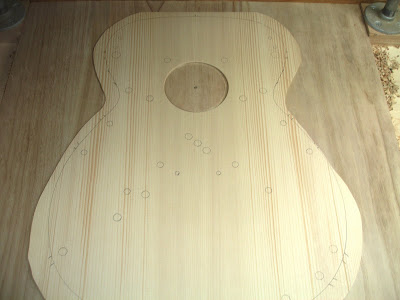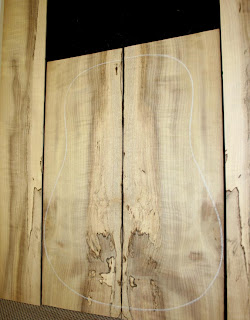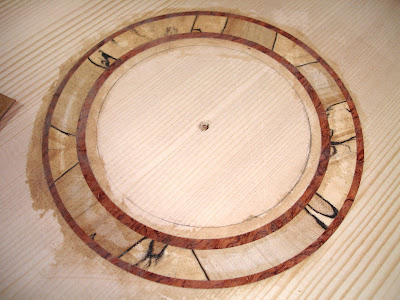My grandfather died suddenly last night. I received the sinister call this morning from my sister. It's extremely difficult to escape the sadness, the darkness of the unknown and the loss even when they've had a long and fulfilling life. Poppop was a sailor, he was a gentle hero, kindred to a generation of heroes. He served as a flight engineer on naval reconnaissance aircraft - the noble Coronado - just after the Peal Harbor attack in the wide expanse of the Pacific. He survived enemy fire, scuttling, and the hells of war to return to a quiet life on the home front in southern New Jersey. He courted and married my Nana, and settled down to start a happy family and a long career as a night supervisor in the oil refineries so prevalent on the eastern shore of the Delaware River. My grandparents bore three beautiful girls, the likes of which inspired Disney fairy tales, and were pleased to enjoy the company of not a few faithful pets.
My own earliest recollections of my grandparents were those of my Nana and Poppop babysitting we three grandchildren whilst my parents - the strong Dad and the gentle Mom (the oldest daughter of my grandparents) - went off to Germany to take advantage of a well deserved vacation getaway. My Nana didn't want me to waste milk with my cereal; I don't know how any self respecting 4 year old can eat his morning cereal without a full bowl of milk, but Nana was the boss. She made up for it, though, for many long years hence by cooking the best scrapple you can imagine every time we visited.
Poppop, on the other hand, always had the sweets to balance out my savory Nana. He kept a heaping bowl of black licorice at the ready whenever we were due for a visit. It still is my favorite. I can still smell the sweet pipe musk lingering in the air of that Westville palace. My Poppop's knee was always ready and inviting and comfortably fit two writhing boys. When he wasn't painting mysterious lands and exciting tales across the canvas of our imagination, he would patiently read our favorite spooky fable over and over again. Strong Dad comes close to being as good an orator as my old salt Poppop, but still just close (wink).
When we weren't exploring the hidden treasures of their ancient dungeon or steepled towers, yes it's hard to believe the Westville suburbs go back to the Middle Ages - but tis true!, we romped through beach grass, scrutinized writhing minnows, soared on yellow swinging bench wings, dodged ferocious beach beasts made of horseshoes, crabbed and fished like ancient mariners, and sped over the water at the speed of sound - yes we were the hottest thing on two pontoons and Poppop had the Top Gun hat to prove it - all within a little idyllic patch of Indian River Bay real estate no bigger than 50 feet by 200 feet. It was our own little utopia where the busy world stood still, all time ceased, and the wisdom of the Shakers pervaded our existence - it was our very own hundred acre wood.
As happy and endless as those brilliant moments shone, alas the cruel earth refused to halt her inexorable spin and as most memories fade so did our ability to remain in that world. The story is always the same, the boy who loved a tree but eventually grew up and needed wood for a house, the friends who create a magical world across a bridge which ends all too abruptly, the stories are omnipresent because that is the reality of the cycle of life. We have life because we also have death, they are two sides of the same coin. It is a cycle which will only be broken by the One who created it in the first place.
Which brings me to my ultimate point -- which is, my Poppop, while no longer remaining with us in the flesh, does live on. Yes, his life will remain in the fond memories of those who continue on, but those too will eventually fade. As human beings we all suffer the same fate, to be returned to dust and ashes, to slowly fade into obscurity as the decades, and generations, and eons march on. But while our physical bodies pass quickly and our remembrances some time later, our spirits live on - my Poppop is more real now than he ever was in life, and it's because he's kneeling in the presence of our Lord. My Poppop lives because Christ lives, and He has prepared a place for him. My Poppop has gone on before us, and as the gentle hero he is, he's already started preparing a place for me too - an incorruptible paradise far greater than any sandy patch of rented ground could ever offer.
My Poppop was and forever will remain a good and faithful servant who is now with his Beloved - and we all have big shoes to fill with his passing until we too can join him with shouts of joy and praises to our Savior.
Thanks for letting me process and wax nostalgic.





















